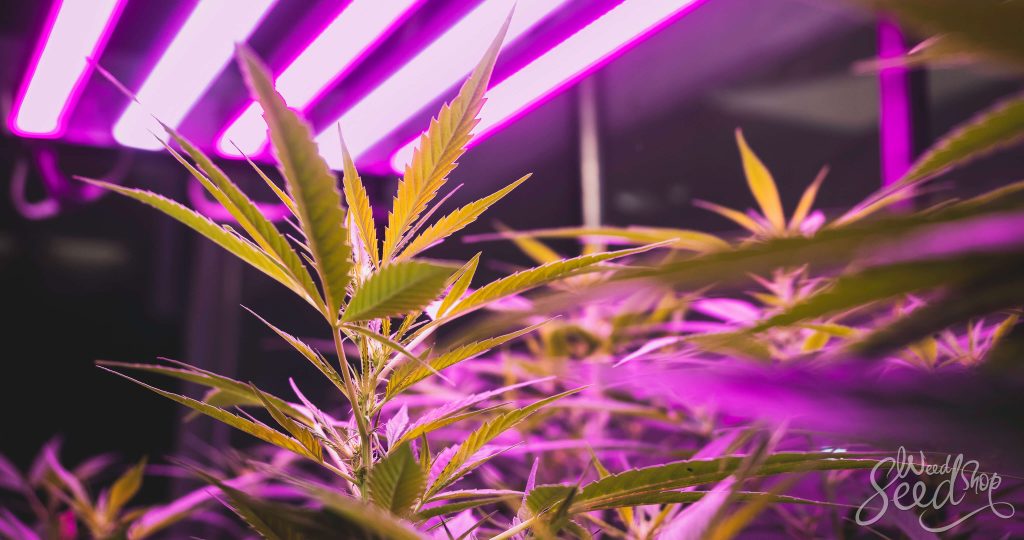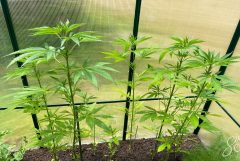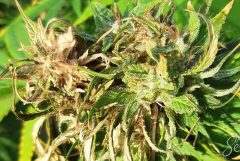Saving energy means saving money and right now, that’s a huge bonus for any grower. By practicing a few basic energy-saving tricks, you can reduce your power consumption by as much as 50%. Picking the right lights, fans, nutrients, and even the paint on the walls can all quickly add up to serious savings.
- How much energy does it take to grow weed?
- 4 Energy-saving tips for weed growers
- 1. Energy-efficient lights
- 2. Time your grow
- 3. Climate control techniques
- 4. Maximising natural light and ventilation
- 5. Choosing energy-efficient growing mediums
- 6. Practice techniques to maximise yields
- How to build an energy-efficient grow space
- Investments that save money in the long run
With soaring energy costs, economic instability, and ecological collapse all happening at once, finding any way to pinch an extra penny during your grow will help immensely in the long run. While there’s no such thing as a free lunch, there are several tips and tricks that can help you save energy and money while growing your weed.
How much energy does it take to grow weed?
There’s no simple answer to this question. If you’re growing outside in some soil under natural light, your energy costs are effectively zero. However, for those of us who don’t have the space and need to keep things indoors, these numbers get rather complicated rather quickly. Depending on the scale of your operation, you might need anywhere from just a few hundred watts up to tens of thousands.
Growing weed is, overall, a resource-intensive endeavour. Trying to replicate the awesome power of the sun inside is—quite bluntly—impossible but modern lighting solutions have made it much easier and cheaper. After all, lights are, by far, the most energy-demanding part of any grow; and also the most important. Traditional lights (High-Pressure Sodium (HPS) and Metal Halide (MH)), consume a tremendous amount of electricity.
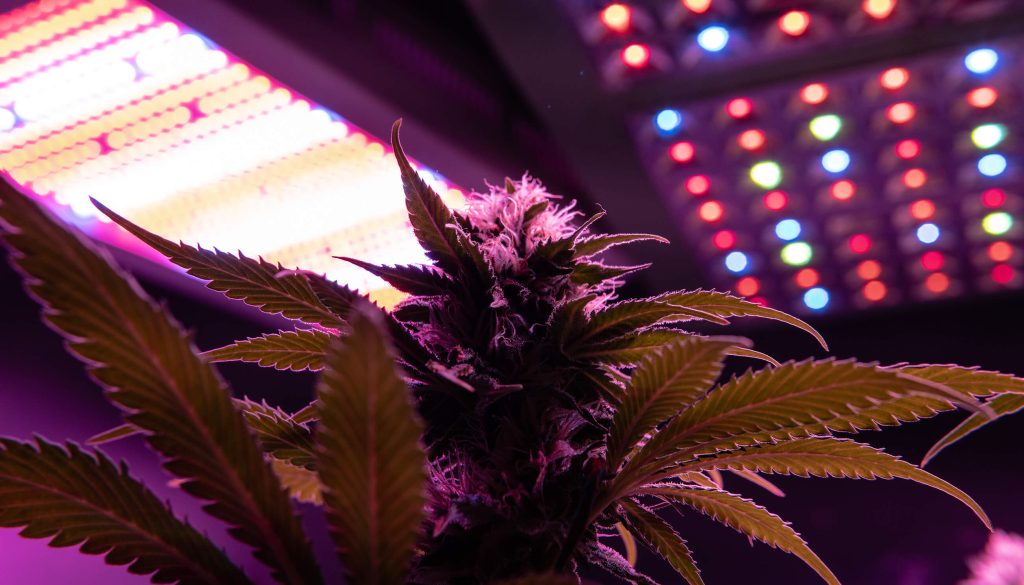
Further, depending on where you live, maintaining ideal temperature and humidity levels can necessitate even more energy-intensive climate control systems. Staying aware of the environmental impact and cost implications of these practices is crucial for growers looking to explore energy-saving solutions that not only benefit their wallets but also contribute to a more sustainable approach to cultivation.
As a general rule of thumb, though, the bigger your area, the more power you need. For example, a 1 m2 grow space using HPS lights, climate control systems, and hydroponic water pumps can require up to 800 watts of power. During veg (or if you’re growing autoflowers) that’s nearly 20,000 watts of power every single day. That’s as much as 600 kWh each month. When you consider that an average 2-bedroom house uses about 3,000 kWh/year, these numbers can quickly become worrying.
4 Energy-saving tips for weed growers
1. Energy-efficient lights
As mentioned, HPS lights are the single-largest draw of power in many grows. By switching to high-efficiency LED lights, it’s possible to cut your energy usage by as much as 50%. On average, if you’re already using 600 watts of HPS lighting, you can replace that with 300 watts of LED lights with a minimal decrease in output. Every grower I’ve spoken with has stated that any decrease in raw light output is more than offset by energy savings.
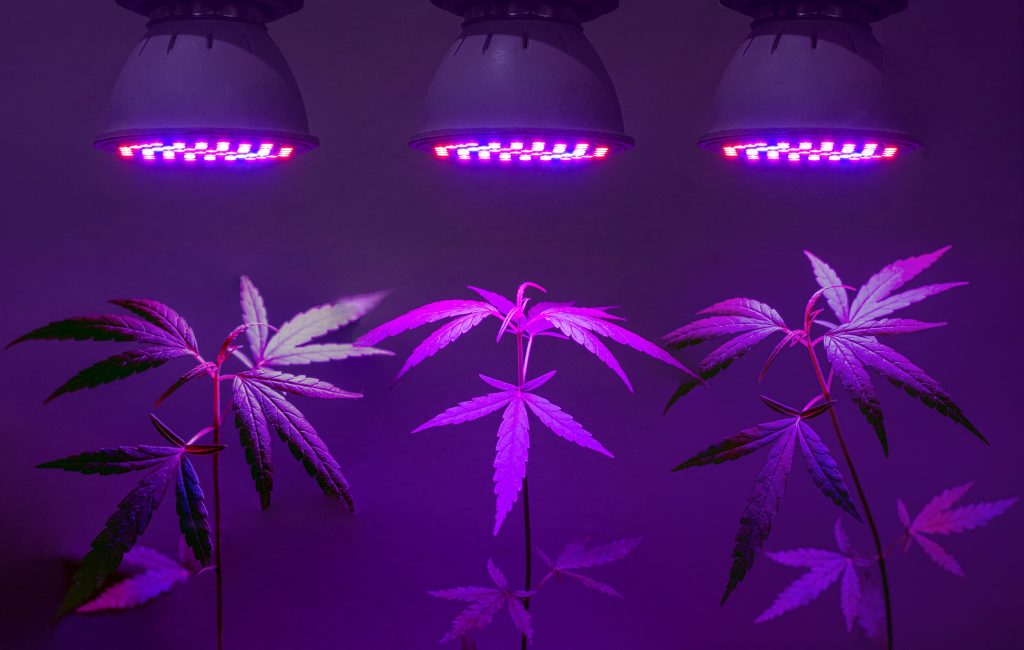
On the topic, many energy providers offer different tariffs at different times of day with overnight power often being the cheapest. Check your provider’s information and try to schedule your lights to be on during the cheapest period for extra savings.
2. Time your grow
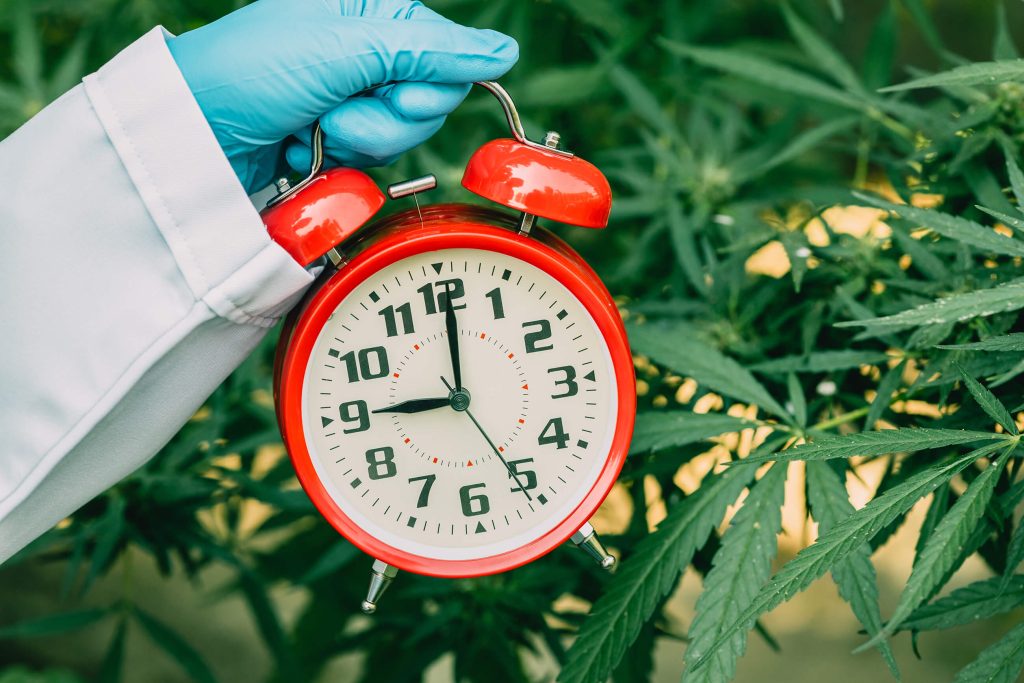
Many energy providers offer different tariffs at different times of day with overnight power often being the cheapest. Check your provider’s information and try to schedule your lights to be on during the cheapest period for extra savings.
3. Climate control techniques
Weed plants can grow almost anywhere, but if you want to get the most out of your harvest, you’ll need to keep the room they’re in within certain optimal limits. On average, you should be keeping the temperature between 25-30°C and roughly 40-60% humidity (depending on the stage of growth). This can be much easier or harder depending on the time of year and location.
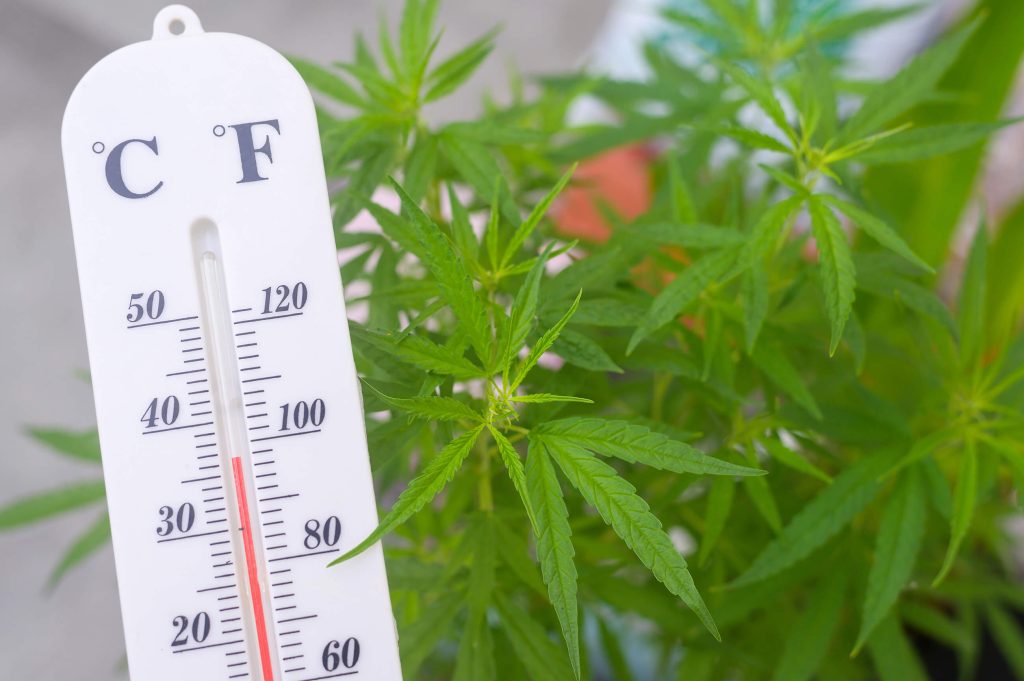
External ventilation, humidifiers, dehumidifiers, heating, and air conditioning are all features that may be necessary depending on your grow. However, these rarely need to be run all of the time, and setting up some basic automation and timers can help to alleviate much of the extra power usage.
If you’re using LED lights, then managing heat will be something of a non-issue. In fact, if you’re growing in a particularly cold environment, you may find that LED lights are actually too cool to keep your tent heated. In that case, switching to an HPS may be worth it as they also provide a great deal of heat.
Implementing smart climate control systems can help in maintaining these conditions more energy-efficiently. Using programmable thermostats and humidity controllers, you can significantly reduce the power usage for climate control.
4. Maximising natural light and ventilation
As stated above, if you have access to natural light, use it as much as you can. Even growing indoors, if you have a balcony or a window that faces the sun for long periods of time, then this is an amazing option that will let you shut your lights off for a few extra hours a day.
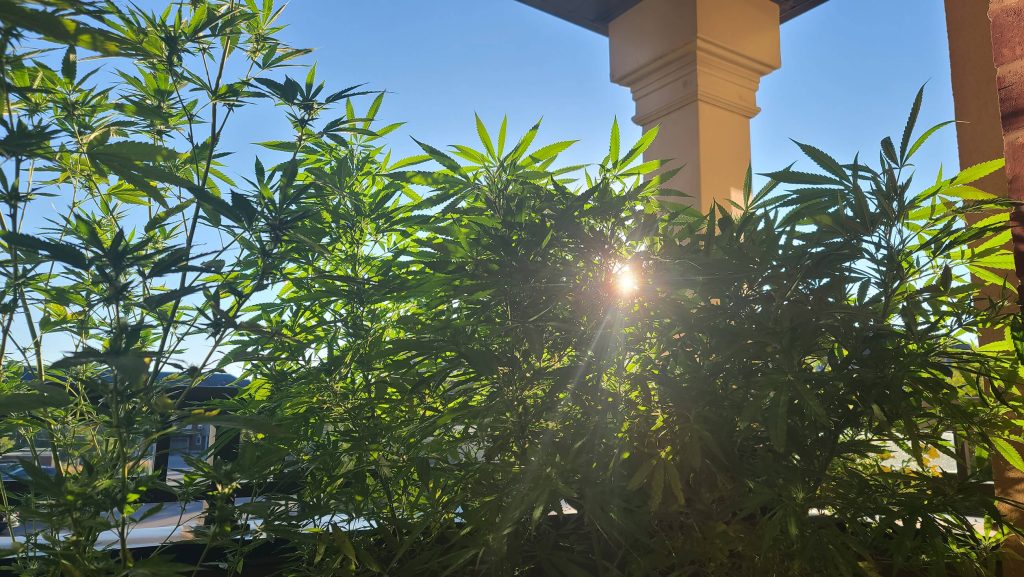
Likewise, simply leaving a door open can provide a tremendous amount of much-needed ventilation for your plants. If the room is sealed, you will need internal airflow as well as external ventilation and these additional fans provide an extra drain on your wallet.
This natural approach not only reduces energy consumption but also aligns with sustainable growing practices.
5. Choosing energy-efficient growing mediums
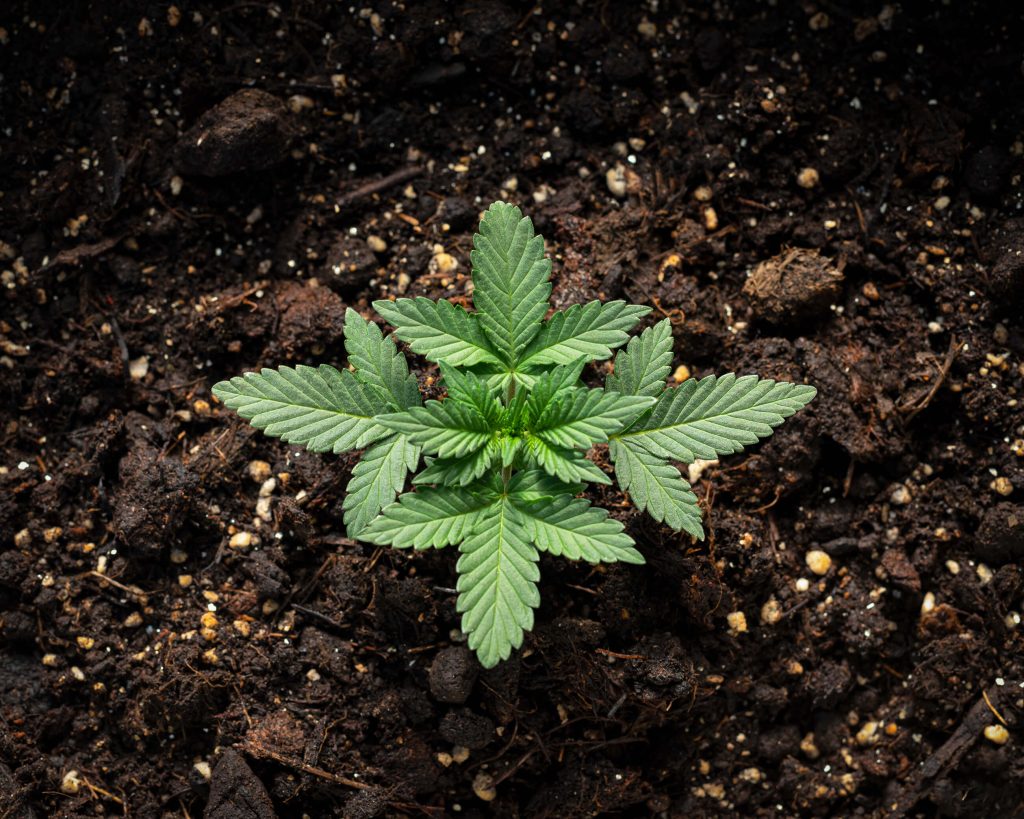
Traditional soil growing is surprisingly energy-intensive due to its weight, relatively low water retention abilities, and the need for frequent feeding. In the last several years, many energy-efficient alternatives, such as coco coir and peat moss, have been gaining popularity.
If we break down the actual estimated energy consumption over the course of a year for these three media, the numbers speak for themselves. These are the estimates per square meter over 1 year accounting for water and nutrient usage.
- Traditional soil: Approximately 60-90 kWh/year
- Coco coir: Approximately 30-60 kWh/year
- Peat moss: Approximately 40-70 kWh/year
The benefits of hydroponics and aeroponics
While the idea of adding more pumps and devices might seem like a counter-intuitive way to cut down on energy, the increased efficiency of soilless growing techniques can actually save you money in the long run.
Comparing energy consumption per square meter:
- Hydroponics: Approximately 20-40 kWh/year
- Aeroponics: Approximately 15-30 kWh/year
6. Practice techniques to maximise yields
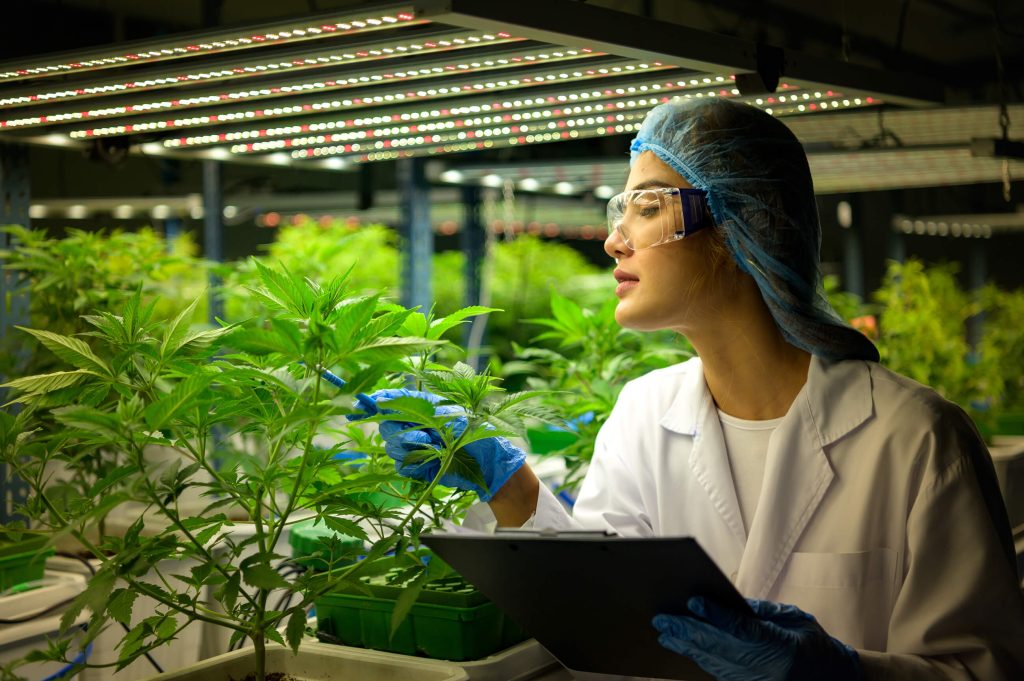
Since light is the single biggest energy draw, using it to the fullest is key for long-term energy savings. Generally speaking, the amount of light you need is estimated by area, not size or number of plants. By practicing techniques like mainlining, monster cropping, or scrogging, you can make sure that you get the most out of what you put in.
Additionally, understanding the environmental impact of these growing methods is vital. By integrating sustainable practices, growers not only reduce their costs but also contribute significantly to environmental conservation. Reducing energy consumption in growing operations can lead to a substantial decrease in greenhouse gas emissions, making a positive impact on the larger ecological picture.
How to build an energy-efficient grow space
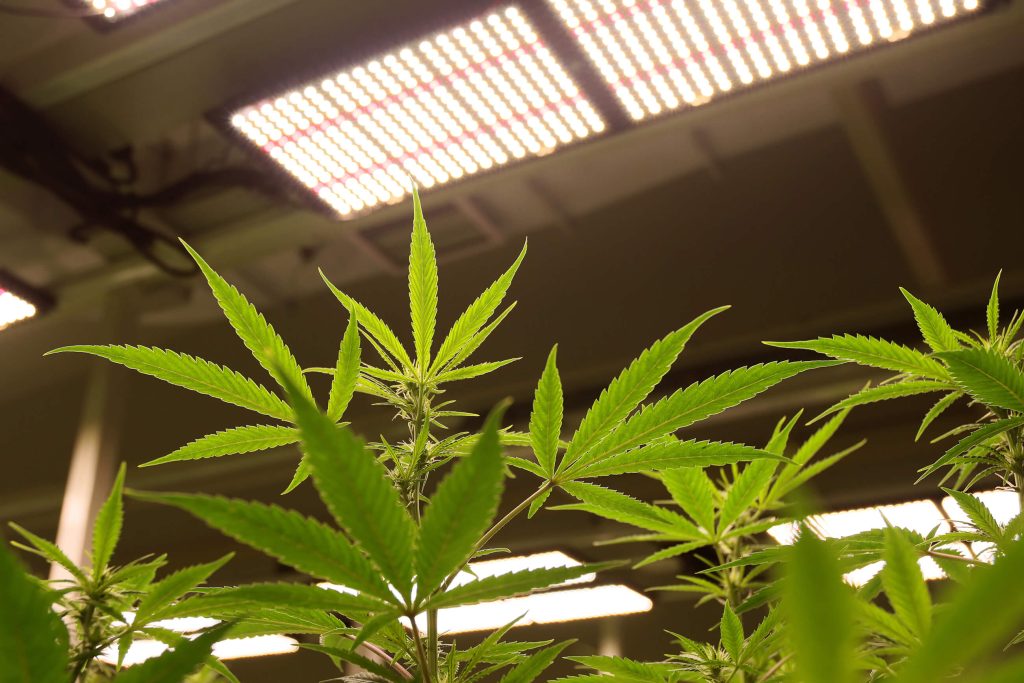
While all of these tips can be applied to almost any grow room, setting one up with energy efficiency in mind will pay off big.
Insulation and climate-proofing
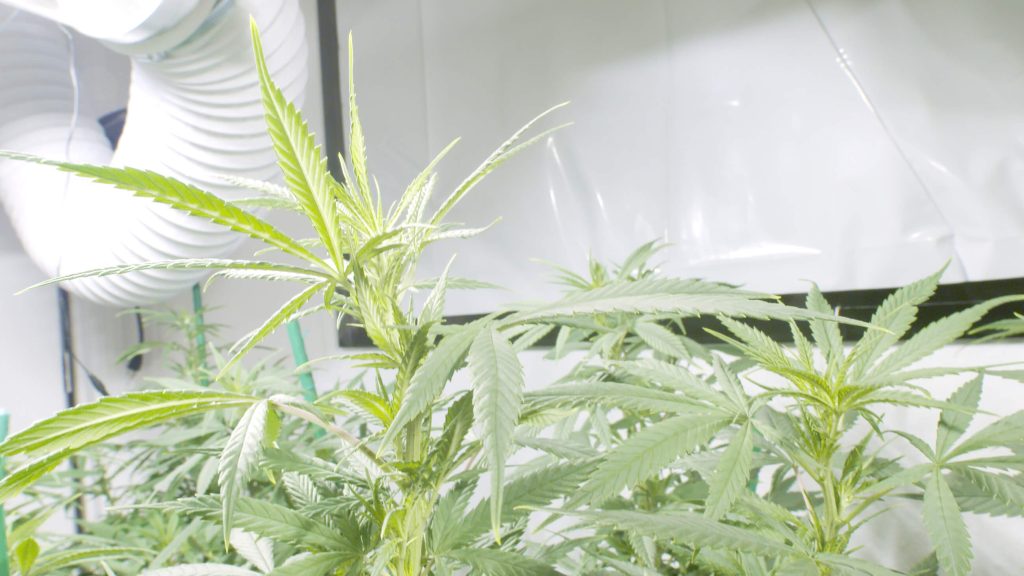
Proper insulation and climate-proofing are major components of a controlled indoor environment. By minimising heat loss and air leakage, you can greatly reduce the energy you need for temperature regulation and create a stable climate for your plants.
- Insulated walls and ceilings: Even basic insulation, such as foam panels or fiberglass, can help to retain the desired temperature within the grow space.
- Airtight sealing: Seal any unwanted gaps or cracks to prevent excess air leaks, to make sure that conditioned air stays inside and outside air stays out. But don’t forget the need for proper external ventilation. Remember, your grow space should be under negative pressure. The only air that leaves is through your installed vents.
- Energy-efficient HVAC systems: Use energy-efficient heating, ventilation, and air conditioning (HVAC) systems with programmable controls to allow precise climate control and minimise energy waste.
Use reflective materials
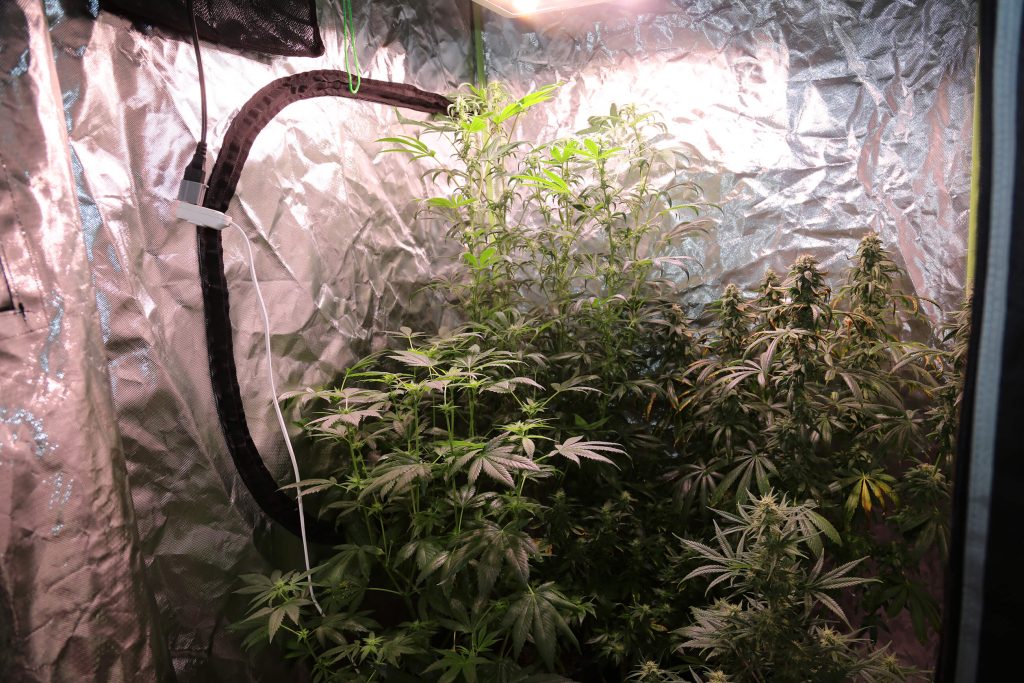
To help get the most out of your lights, using reflective materials within the grow space is always a good idea.
- Mylar or reflective films: These materials can improve light distribution and prevent light loss by more evenly reflecting the light back at the plants.
- White surfaces: Paint walls, ceilings, and other surfaces with a flat white paint to increase light reflection and diffusion throughout the grow space.
- Light-reflective grow tents: Most commercial grow tents come with light-reflective interiors, maximising the use of light emitted by the grow lights and reducing the need for higher-wattage lamps.
Investments that save money in the long run
In the quest to create an energy-efficient grow space, certain investments, though initially costly, can lead to significant savings over time. Adopting these measures not only reduces your carbon footprint but also trims down your electricity bills in the long run.
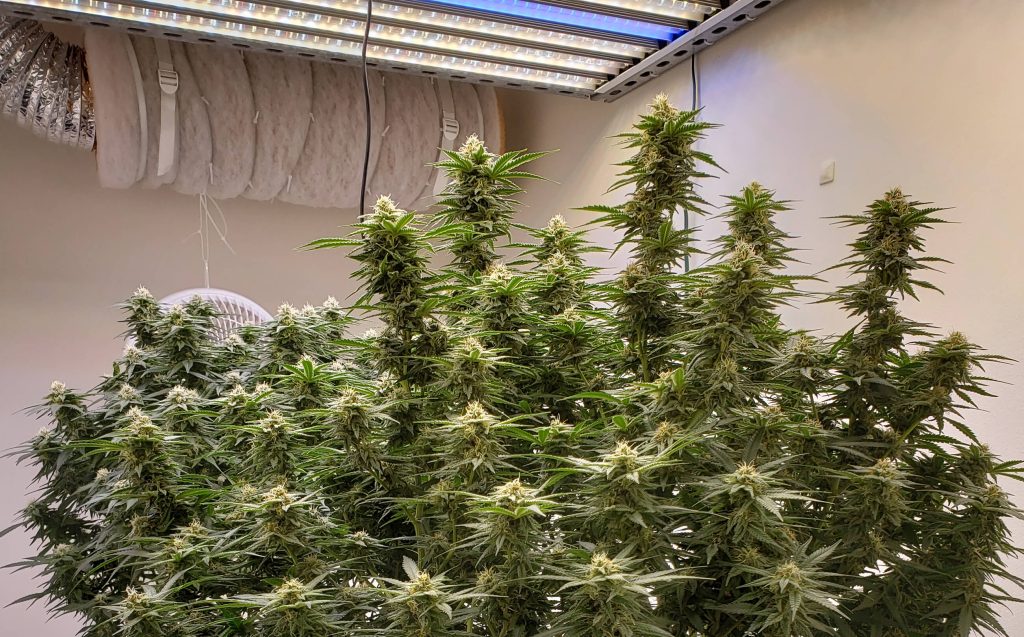
1. Solar panels
Investing in solar panels is one of the most effective ways to cut down on energy costs. While the initial setup cost can be high, solar panels drastically reduce dependence on traditional power sources. Over time, the energy generated by these panels can power your grow lights, climate control systems, and other equipment, leading to considerable savings.
2. Rainwater harvesting systems
For growers who also pay attention to water usage, investing in rainwater harvesting systems can be a cost-effective solution. This not only reduces the reliance on municipal water supplies but also provides a sustainable water source for your plants.
3. Long-term grow mediums
Investing in durable, reusable grow mediums like certain types of hydroponic or aeroponic setups can also lead to long-term savings. These systems, while initially more expensive, can reduce the need for soil replacements and lower water and nutrient consumption over time.
Energy-efficient indoor weed growing offers a promising future for both growers and the planet. By focusing on sustainable infrastructure, we can minimise energy waste while maximising plant growth. Embracing energy-efficient equipment and water-saving techniques further enhances our impact.
Imagine a cannabis industry united in its commitment to eco-conscious practices. The widespread adoption of energy-efficient methods could revolutionise cultivation, significantly reducing energy consumption and greenhouse gas emissions. Sustainability and responsible cultivation need to be on the mind of every grower.
In our quest for energy-efficient cannabis cultivation, each unique tip and trick counts. Whether you’ve found success with LED lighting, natural resources, or innovative growing techniques, your insights are invaluable. Share your experiences and discoveries in the comments below. Let’s collaborate to foster sustainable practices that benefit both our wallets and our planet!




